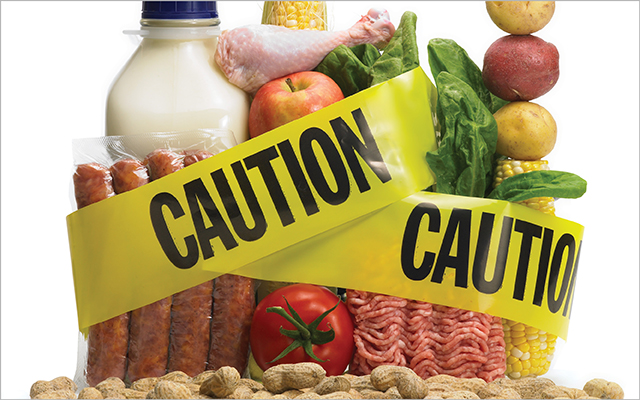With the exception of infant formula, federal law does not require U.S. food manufacturers to place quality-based date labels on packaged food. Instead, companies apply expiration dates based on their own general calculations. This confusing system often causes us to discard perfectly good food.
“We need a standardized, commonsense date-labeling system that actually provides useful information to consumers, rather than the unreliable, inconsistent, and piecemeal system we have today,” says Emily Broad Leib, JD, director of Harvard Law School’s Food Law and Policy Clinic.
Meanwhile, here’s how to better understand the current system:
“Sell by” dates are designed for grocery inventory control. They suggest when stores should remove products from their shelves. They don’t indicate that food is bad on that date.
Still, according to the Natural Resources Defense Council, 91 percent of us occasionally throw away food based on the “sell by” date.
“Best before” and “use by” dates are for consumers, but they’re merely a manufacturer’s estimate of when food will no longer be at peak quality. They’re not an accurate date of spoilage.
This was excerpted from “Fixing Food Waste” which was published in Experience Life magazine.





This Post Has 0 Comments